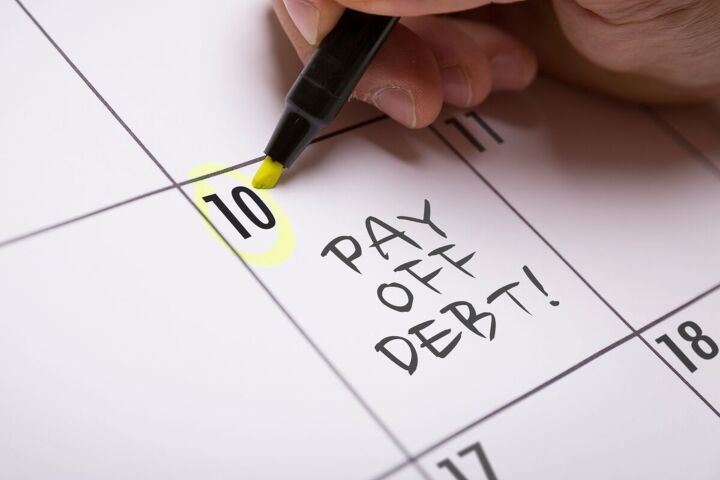How to Choose the Right Debt Payoff Strategy For You

I have just made one of the largest debt payments I have ever made at one time recently, so I was very happy to have reached this milestone. This is what brought me to talk to you about debt repayment and the debt payoff strategy that I am using to do that.
There are two very popular debt reduction strategies; I am going to talk about those two and try to help you pick the best strategy to pay off debt.
Snowball
The first strategy is the debt snowball. The debt snowball goes like this: you take all of your debts, you organize them in order of smallest debt amount on the balance to the largest, and you start paying the smallest amount.
The interest that is being charged, or the API, does not matter, you simply go based on the balance and then as you pay off the smallest balance, whatever payment you are making to that debt is rolled into the next largest balance.
The idea is, obviously, just like a snowball goes from something really small to this large massive piece of snow, this is how the largest debt gets paid off.
Avalanche
The next strategy is the debt avalanche. To understand how this strategy works, let’s first define what APR is. APR is most often expressed in terms of an interest rate (%). APR is an annual percentage rate, the annual rate charged for borrowing money, which includes all the fees.
So how does the debt avalanche repayment strategy work? Just like with debt snowball, you start by organizing your debts, but instead of doing that based on balance, you order them based on APR. This way, once you start paying off your debt, you go from highest to lowest.
Let’s take a look at an example. Say you have a car that only has $1,000, but the rate that you are being charged is 25%. The other piece of debt you have is a student loan for $20,000 with a rate is 3%.
According to the avalanche strategy, you should pay the debt with the highest APR first, which is the car. Then, once you pay off that highest APR or interest piece of debt, you take whatever payment you would have put there and you roll it into the next highest APR rate.
To sum up, in the debt snowball, no matter the interest rate, you just pay the smallest to the largest.
Most of the time people use that approach if they need those quick wins. For them it is a mental thing: they have to know that they have already paid something off in order for them to stay in the game and feel motivated to continue to pay off their debt.
However, if you were looking at the best way to pay the least amount of money mathematically, you would use the avalanche method.
Which debt payoff strategy am I using?
All right, those are the two most common or popular debt repayment strategies. Maybe now you are asking, which strategy am I actually using? As you might have guessed from the way I talk about the two, I am using the avalanche primarily.
Not every strategy is going to be one size fits all. You really have to look at your holistic financial picture. Depending on your situation, it might make sense to do a combination of the snowball and the avalanche process, which is actually what I did.
I had a small card for about $500, and I had another one for a little over $700. I paid off this $500 card first because it had a really high-interest rate. Once I got that out of the way, I started to take that payment and move it to the $750 debt that I had.
Now, at the time, that $750 debt had no interest because it was one of those furniture deals where you have had no interest for many years. However, I still went ahead and paid it off because I had gotten a bonus.
Technically, because it had a zero interest rate, I should not have just paid it off, but I did, and getting them both out of the way gave me a mental win that I really needed at that point.
Once I got those two cards out of the way, it did motivate me to move to my next highest interest-rate debt. Finally, I am basically leaving my student loans to the end because they have the lowest rate, which is about 3.5% right now.
Debt payoff strategy
Alright, I have talked about the definitions of the two most common debt repayment strategies and shared what I personally am doing, which is mostly an avalanche with a little bit of snowball thrown in there.
I hope that this has cleared up the debt repayment process for you just a little bit, and given you some idea on how to tackle it.
Which strategy are you picking with your debts? Are there any other strategies that we should consider using? Feel free to share in the comments!





















Comments
Join the conversation